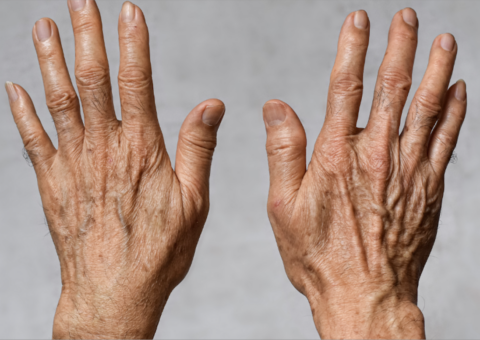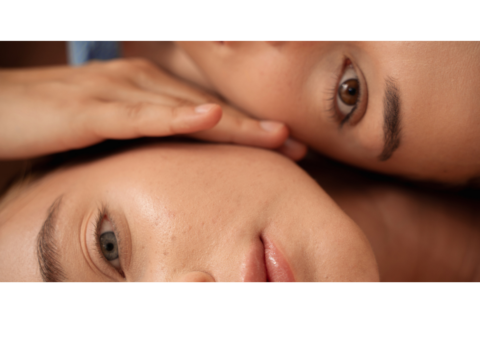Along with our beautiful climate comes a good dollop of UV exposure and fun in the sun can have some serious health risks such as skin cancer. One word which strikes fear into the hearts of patients and dermatologists alike is that of malignant melanoma. This is a skin malignancy arising from the pigment cells (called melanocytes) in the skin and is the most aggressive of the skin cancers.
BUT
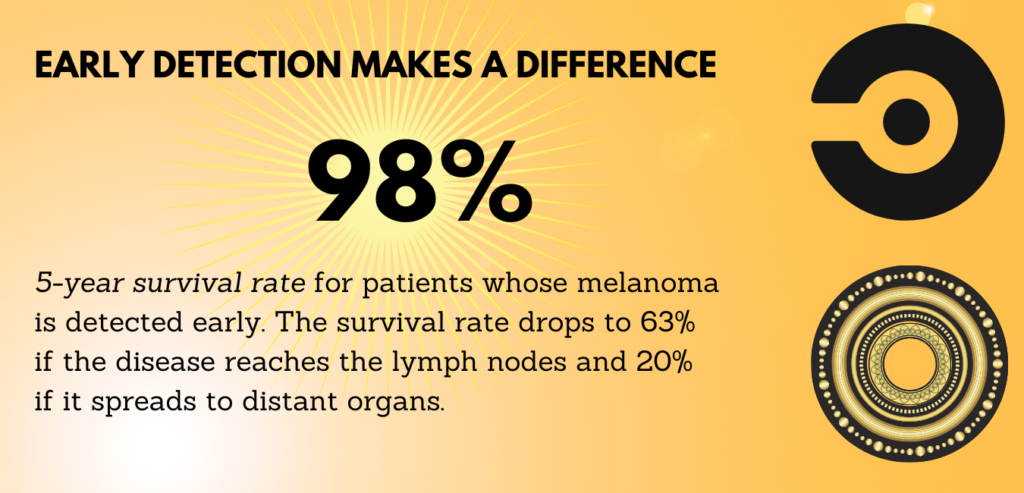
![]() So what should I be doing?
So what should I be doing?
Look for anything new, changing or unusual on both sun-exposed and sun-protected areas of the body. Danger areas are the lower legs in women and the upper back in men but melanomas can grow anywhere on the skin, even in areas where the sun doesn’t shine. There is even a specialized form of melanoma which grows on the palms and soles.

Most moles, brown spots and growths on the skin are harmless – but not always.
![]() KNOW YOUR SKIN ABC’S
KNOW YOUR SKIN ABC’S![]()
Learning your ABCs the first time helped you read. Now, they could save your life. That’s because the first five letters of the alphabet can alert you to warning changes in moles that could signal melanoma.
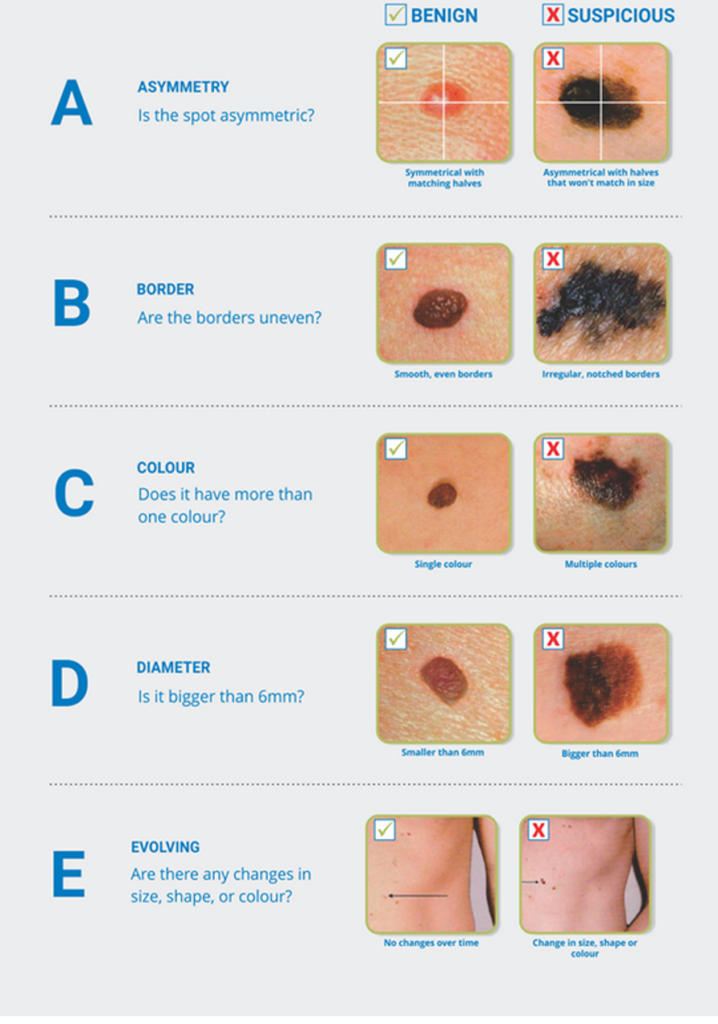
- A is for Asymmetrical shape: One half is unlike the other half.
- B is for Border: the edges of the area may be irregular or blurred, and sometimes show notches
- C is for Colour: Multiple colours, changes in colour or uneven colour.
- D is for Diameter: most melanomas are at least 6mm in diameter.
- E is for Evolving: Change in size, shape or colour, or new signs and symptoms, such as itchiness or bleeding.
If you notice these warning signs, or anything NEW, CHANGING or UNUSUAL on your skin see a dermatologist ASAP.
![]() Look out for the “UGLY DUCKLING”:
Look out for the “UGLY DUCKLING”:
Remember the Hans Christian Andersen fairytale? The same concept applies to your moles. Look for the mole which is the odd one out. Most people have a ‘signature mole’ and most of their moles look the same. A melanoma on the other hand, looks different to its neighbours.

- A: It can be bigger and darker than the other moles
- B: It can be a different colour from its neighbours
- C: It can be a solitary mole which suddenly appears in an area where there were no moles previously

Identifying a potential skin cancer is not easy, and not all melanomas follow the rules.
Melanomas come in many forms and may display none of the typical warning signs.
It’s also important to note that about 20-30% of melanomas are found to develop in existing moles, while 70-80% arise on seemingly normal skin.
Amelanotic melanomas are missing the dark pigment melanin that gives most moles their colour. These melanomas may be pinkish, reddish, white, skin colour or even clear and colourless, making them difficult to recognize.
![]() What can I do?
What can I do?
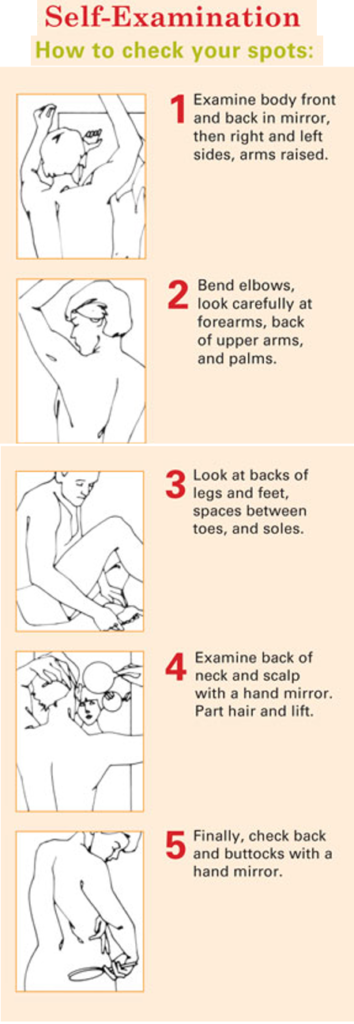
Check yourself:
No matter your risk, examine your skin head-to-toe once a month to identify potential skin cancers early. Take note of existing moles or lesions that grow or change.
When in doubt, check it out. Because melanoma can be so dangerous once it advances, follow your instincts and visit your dermatologist if you see a spot that just doesn’t seem right.
Keep in mind that while helpful, monthly self-exams are not enough. See your dermatologist every year for a professional skin exam and mole mapping.
If you’ve had a melanoma, follow up regularly with your doctor once treatment is complete. Stick to the schedule your doctor recommends to make it easier to identify a recurrence…
![]() The Takeaway:
The Takeaway:
Be vigilant for any new mole or freckle that arises on your skin, a sore or spot that does not heal, a change in any existing mole (growing, becoming raised, itching) or any spot, mole or lesion that looks unusual.
.





